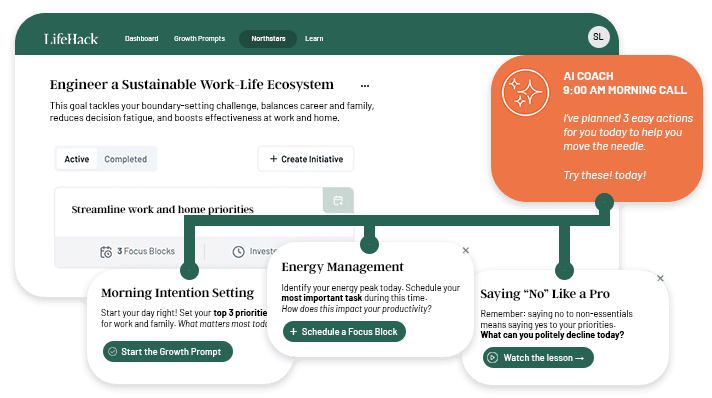For some people what to wear to work is the last thing on their mind when they are going about their day. But for others, finding the right balance between the practical and the professional can be a source of constant concern and discomfort.
But how do dress codes, relaxed or otherwise, impact on workplace productivity and team morale? Following the recent heatwave, the general secretary of the Trades Union Congress, Frances O’Grady, spoke out against restrictive dress codes. She argued that people “not dealing with the public should be able to discard their tights, ties and suits” and said employers “should do all they can to take the temperature down” in the workplace.
And according to a survey from Ipsos Global, 45% of the workforce believes that casual dress actively contributes to productivity. So, beyond the heatwave, can a less formal approach to workplace attire help to build a happier and more effective workforce?
What the industry says
Flying in the face of the besuited business archetype, some of the most famous global business leaders have long championed a policy of casual dress. Mark Zuckerberg famously created one of the planet’s biggest brands whilst wearing a hoodie and flip flops, and the late Steve Jobs created his own iconic yet casual personal style to match the clean-lined, modernist brand of Apple – despite initially being in favour of an Apple uniform.
Richard Branson, head honcho of the Virgin group, has been a vocal – and visual – opponent of formality for his entire career. As well as his vendetta against the humble tie, Branson believes employees should be allowed to wear whatever “clothing they think will help them to work most productively and enjoy their day”. He does admit that there are exceptions, for cabin crew who need to be identifiable for example, but maintains that comfort should come first.
Be specific, or not at all
One of the most confusing dress codes comes from one of the UK’s most archaic institutions, the Houses of Parliament. They retain an incredibly vague yet suitably over-complex collection of traditions and foibles instead of a fixed or formalised dress code. This has led to many points of order and confusions over the years, including criticism of male members for removing jackets or ties and of women wearing boots or – earth-shatteringly – denim.
Communicating the exact nature of a prescriptive dress code can be a difficult thing to do, particularly in a large organisation with many levels of staff, public facing and otherwise. However, simplifying this approach, and trusting staff to dress appropriately for their responsibilities, demonstrates a confidence in the individual and puts value in the collective environment.
In fact giving staff the option, or at least relaxing your dress code demands, shows respect and can even be a win-win PR spin, both internally and externally. After the share price of fashion house Abercrombie and Fitch tumbled by 39% in 12 months, one of the first things the new executive team did was to change the often criticised, overly sexualised dress code of the staff in their US stores – as well as doing away with their ‘discriminatory’ invitation-only hiring policy. A simple change to make, perhaps – but it demonstrated how dress codes can be fundamental to the experience of both the staff and the shopper, and how it can be tied closely to notions of brand identity.
But do such changes have an impact on sales? It’s too early to say for A&F – but one writer put it simply – “By keeping its shirts on, A&F’s new developments have me a lot more eager to actually, well, put their shirts on.”
Keep it casual
The popularity of business casual demonstrates how freedom and flexibility is valued by employees above anything else. In fact a recent survey by employment experts totaljobs found that an average of 44% of the workforce are happy to wear business casual now and in the future, rising to over 49% for women.
It’s worth making the point that an unrestricted casual dress code is attractive to the majority of employees, and limiting what someone can wear at work can dissuade people from engaging with their work environment. Making your company attractive to the best talent around means offering them freedom of choice in their working lives, which is a compelling argument for doing away with restrictive dress codes.
Featured photo credit: Robert Couse-Baker via flickr.com
Ready for a Goal Breakthrough? Unlock Your Personalized Strategy

Experience the power of a strategy tailored just for you.
Our personalized system provides:
- Custom-crafted action steps based on your unique situation
- Insights tailored to your specific challenges and strengths
- A personalized roadmap to turn your goals into reality
Tailored recommendations powered by smart analysis
















































